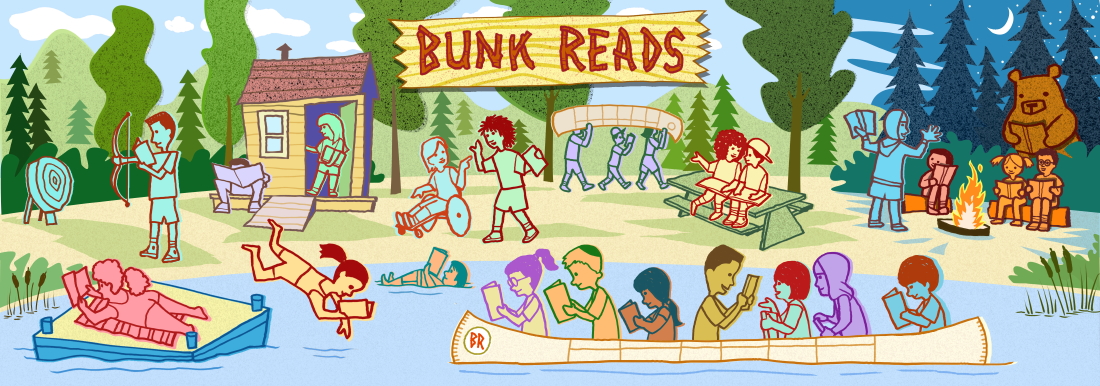 By Jennifer Ziegler
By Jennifer ZieglerPublisher: Random House Children’s Books
Pages: 352
Lexile: 720L
Age Range: 12 Years
ABOUT
Maggie Dempsey is tired of moving all over the country. Her parents are second-generation hippies who uproot her every year or so to move to a new city. When Maggie was younger, she thought it was fun and adventurous. Now that she’s a teenager, she hates it. When she moved after her freshman year, she left behind good friends, a great school, and a real feeling of belonging. When she moved her sophomore year, she left behind a boyfriend, too. Now that they’ve moved to Austin, she knows better. She’s not going to make friends. She’s not going to fit in. Anything to prevent her from liking this new place and them from liking her. Only . . . things don’t go exactly as planned.
REVIEW
“Gr 9 Up- Smarting from her recent breakup and on the road to Austin, TX, with her hippie parents who have decided, yet again, to relocate, Sugar Magnolia-known as Maggie-crafts an extreme plan to avoid emotional pain the next time she has to move. Instead of endearing herself to the local popular clique-a technique she has perfected as part of her family’s vagabond lifestyle-she decides to shun friendship and popularity in her new town. To that end, she comes to school in bizarre castoffs from her parents’ thrift shop and forges a casual relationship with a group of school outcasts. When the success of a group project leads the teen to recognize her growing feelings of warmth toward those misfits, she has to decide whether or not to make a dramatic statement equivalent to social suicide. Ziegler’s novel is fun but somewhat fantastic and concludes with a rather made-for-TV-movie school assembly scene. The book has heart, however, and cliché set pieces aside (Maggie’s antifashion statements become school-wide trends and her success leads to the takedown of the queen bee cheerleader), it has a sweet story of friendship at its core. A low current of romance hums beneath the surface; that Ziegler’s story does not conclude with a pat resolution of this tension adds an element of realism.”
-Amy S. Pattee, Simmons College, Boston
—School Library Journal


